It’s exciting to start out as a new truck driver, but it can also be a bit overwhelming. You know you’re handling a big, powerful machine that demands respect and attention – and that’s a big responsibility. To stay safe, efficient, and confident on the road, there are a few rules you should always keep in mind.
Whether you’re driving cross-country or sticking to local routes, knowing these essentials will help you navigate challenges like a pro. These guidelines will set you up for success.
Know Your Vehicle Inside and Out

Get to know your truck inside and out. Make sure you familiarize yourself with the controls, weight limits, and the unique features on your rig. It’s vital to check the mirrors, lights, brakes, and tire pressures regularly. Get comfortable with your vehicle, and you’ll be more confident on the road. Remember: every truck is a little different.
Always Inspect Before You Drive
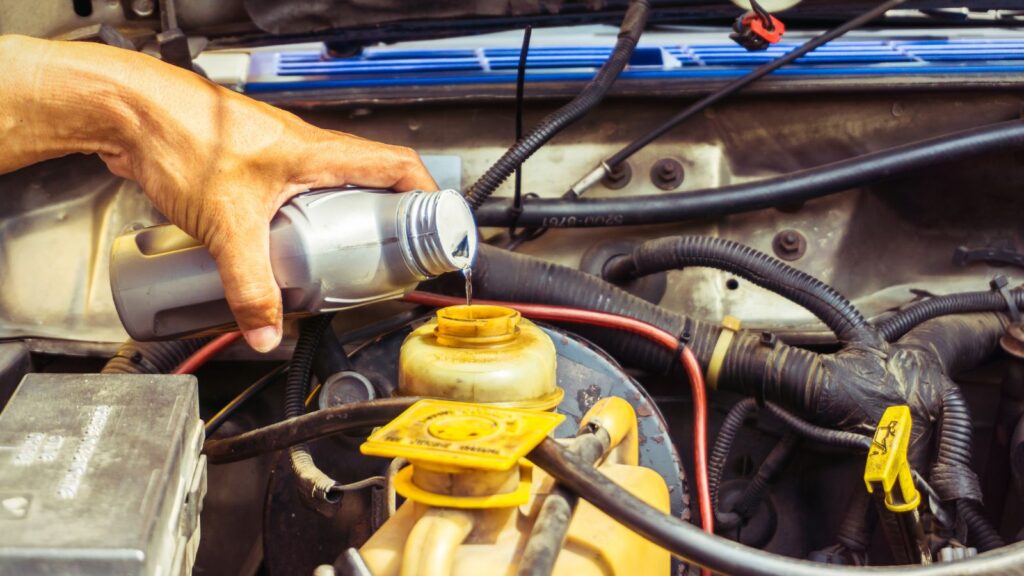
A thorough pre-trip inspection is a must. After all, it’s your first line of defense against breakdowns and accidents. Check everything from fluid levels to cargo security. Look for leaks and anything out of the ordinary. It’s important to make inspections a habit, even if the truck looks fine at first glance.
Master Wide Turns

It’s never easy maneuvering a big rig. Wide turns are tricky, but practice makes perfect. Keep an eye on your trailer’s path and allow plenty of space. Use your mirrors and be aware of vehicles or obstacles around you. Swinging too tight can lead to scrapes while overcompensating can block traffic.
Plan Your Route Ahead
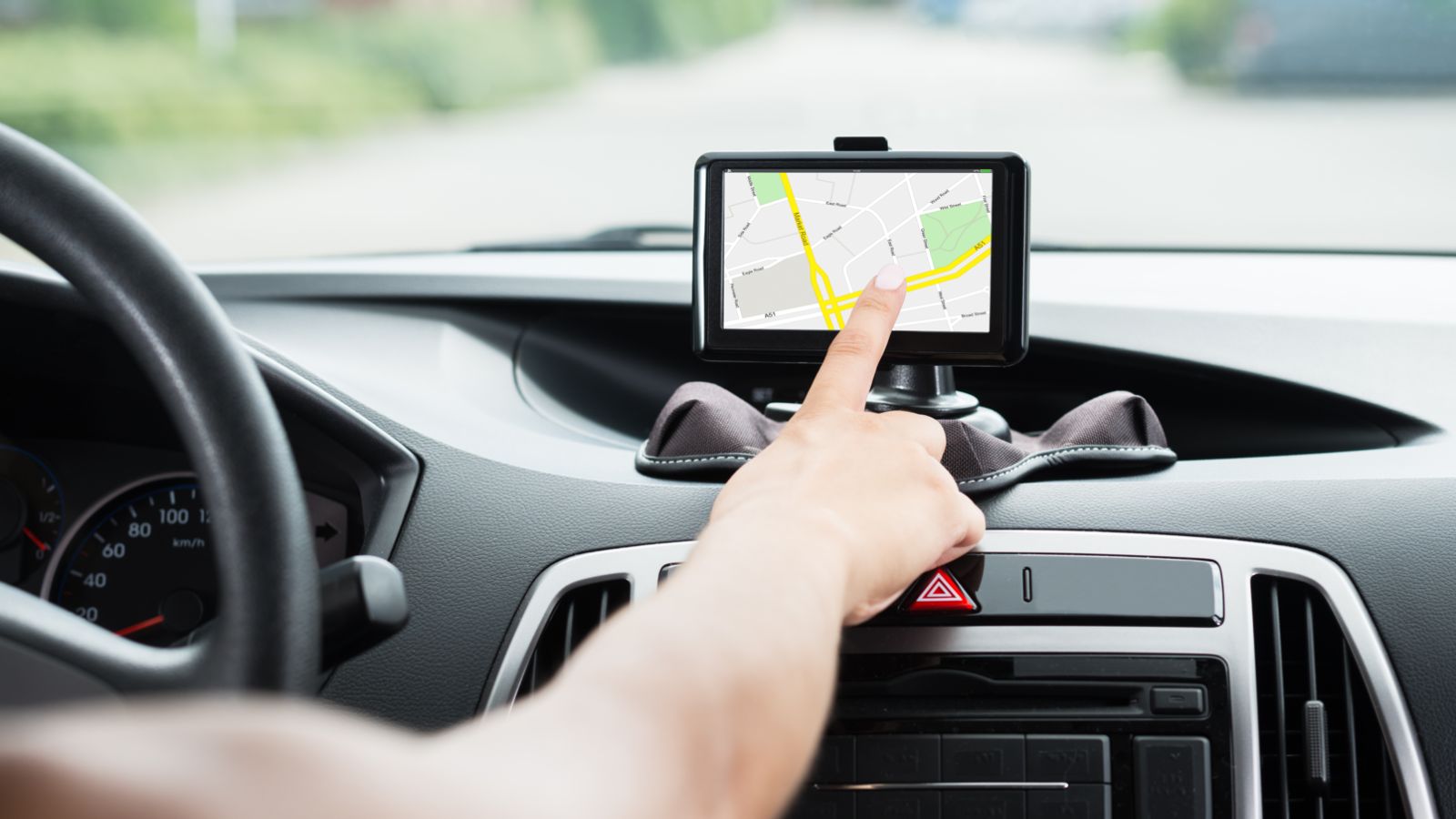
GPS makes life easier for the modern trucker, but it’s not foolproof. Make sure to review your route ahead of time, checking for physical hazards like low bridges, dead ends, weight restrictions, or construction zones. Truck-specific GPS systems and apps are available and well worth having.
Take Breaks Regularly

Long hours at the wheel of a truck are tiring and can take a toll on your focus and energy. It’s important to schedule regular breaks to stretch, grab a snack, and refresh. Fatigue is a big danger for truck drivers and other road users, so staying alert is vital. A short break can make all the difference.
Learn to Handle Blind Spots

The large blind spots on trucks mean nearby vehicles can be invisible to you, so know the areas around your vehicle where visibility is limited and adjust your driving accordingly.
Use your mirrors constantly and leave extra space between you and other vehicles. That way, you can prevent accidents and keep yourself and others safe.
Maintain a Safe Following Distance

It’s important to always leave plenty of space between your rig and the vehicle ahead because it gives you enough time to react in case of sudden stops or changes in traffic. The heavier your load, the longer it takes to brake. A safe following distance isn’t just smart; it’s essential, so tailgating is always a no-go.
Adjust to Weather Conditions

Bad weather like rain, snow, fog, and ice makes driving a truck even more challenging. When the weather closes in, slow down, increase your following distance, and use your lights appropriately.
If conditions get too severe, find a safe place to stop and wait it out. No load is worth risking your safety and that of others on the road.
Watch Your Speed on Downhills

Hills are no joke for the truck driver. Descending steep hills requires engine braking or lower gears to control your speed. Avoid riding the brakes because overheated brakes will fade – or even totally fail – when you need them most. Taking it slow and steady on downhills can keep you out of dangerous situations.
Secure Your Cargo Properly
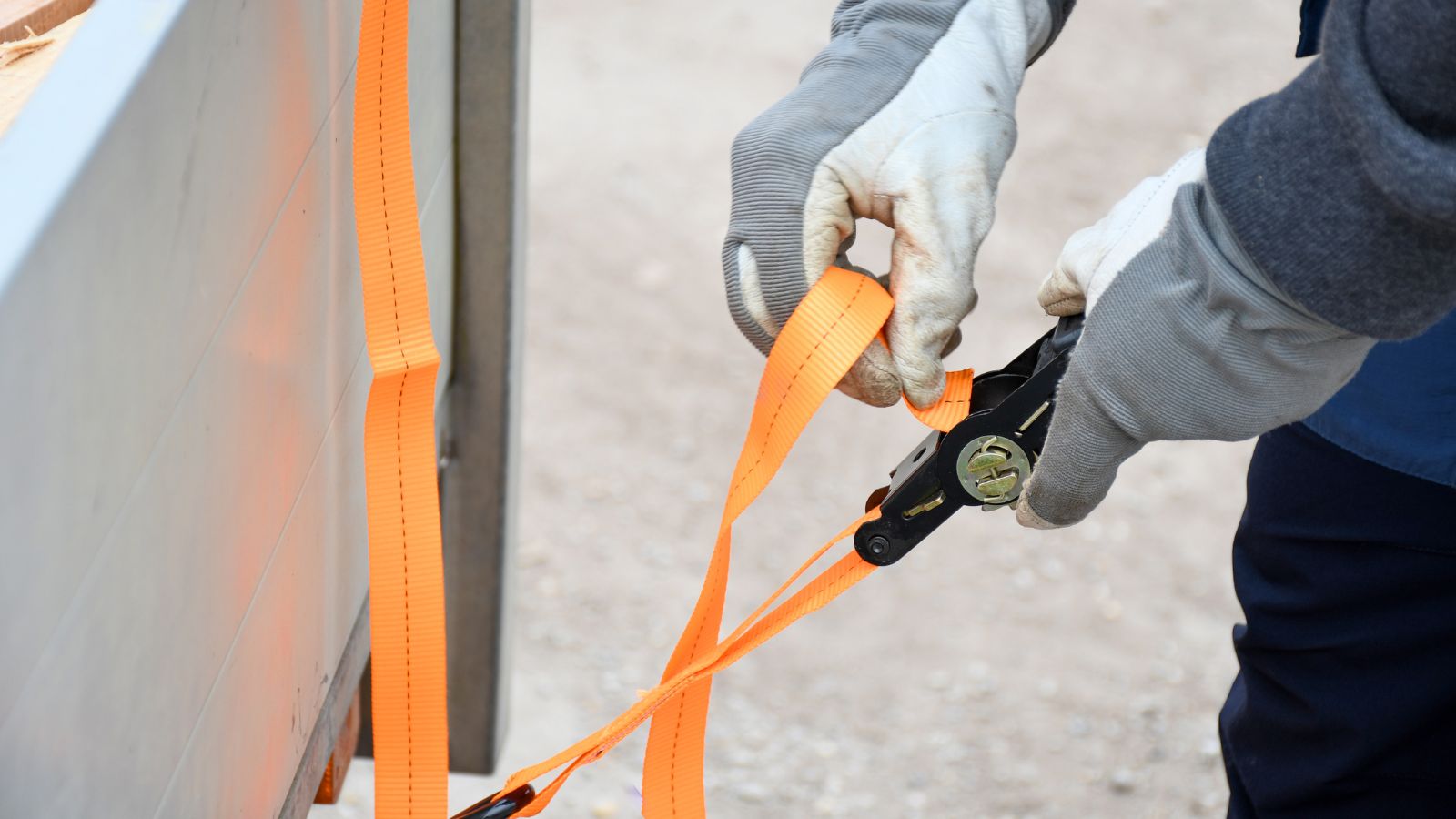
Loose cargo is dangerous and can lead to accidents, fines, or worse. Every time you stop for a break, double-check that your load is balanced and properly secured with straps, chains, or tarps as needed.
Even a short trip requires careful preparation to ensure everything stays in place. Remember: a secured load improves your truck’s stability, making it easier to handle.
Communicate With Other Drivers
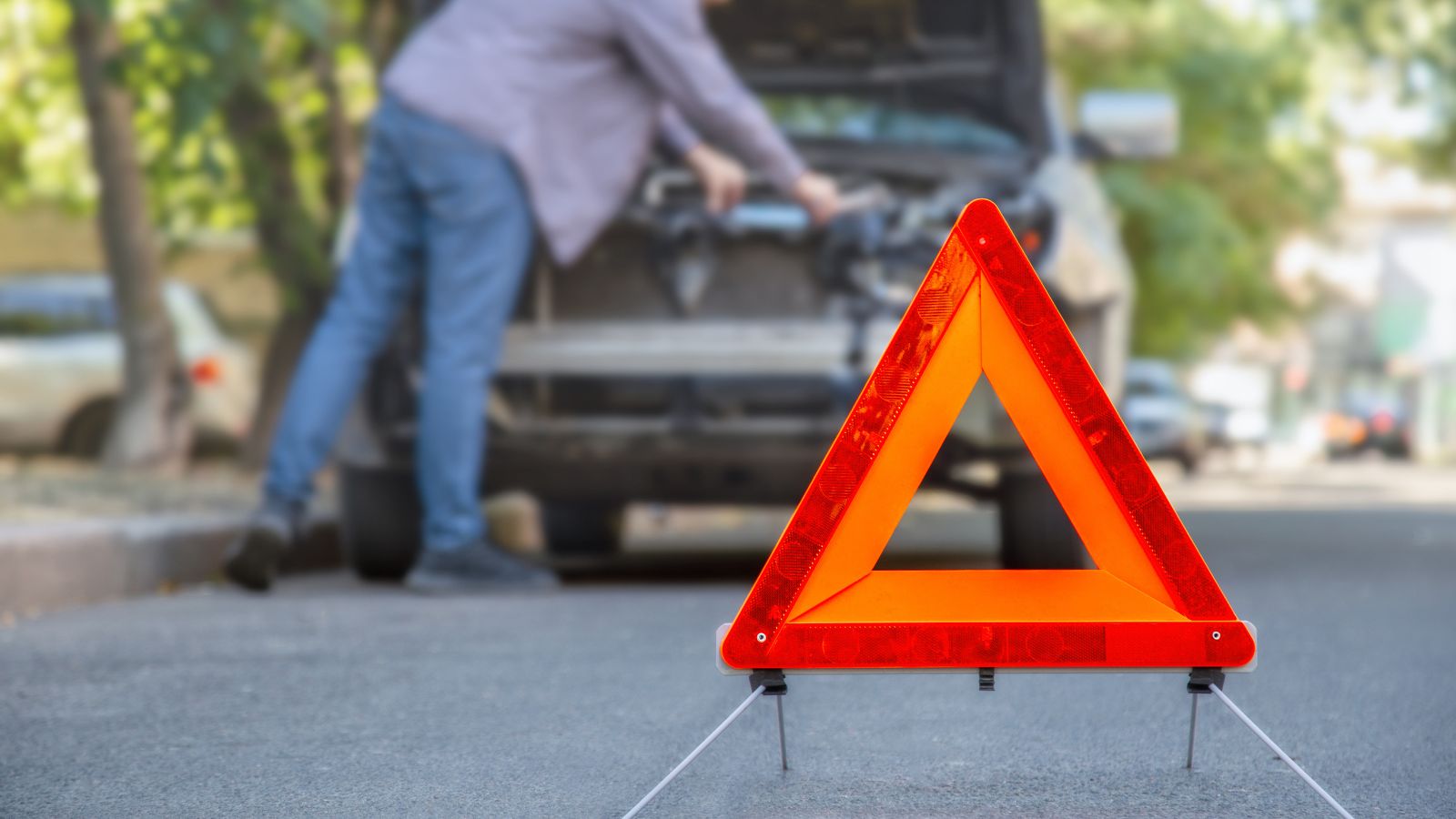
Good communication on the road is vital to prevent accidents and misunderstandings with other road users. Always use your turn signals early and flash your lights to indicate intentions when necessary. If you need to stop or pull over, make sure other drivers can see you and understand what you’re doing. Clear signals are essential in keeping everyone safe.
Be Mindful of Weight Limits

There are weight limits on every truck, and exceeding them can lead to serious problems and be illegal. Overloading not only damages your vehicle but also increases the risk of accidents.
Know the weight limits for your truck and limits for the roads you’ll be traveling on. Staying within those limits ensures your safety and helps you avoid hefty fines.
Use Your Mirrors Constantly

Mirrors are the truck driver’s best friends, so check them constantly to stay aware of what’s happening around you. They’ll let you know when vehicles are merging vehicles as well as other potential hazards. Proper mirror use will make the difference between a close call and a collision, so keep them clean and adjusted to your preferred angles.
Stay Calm in Tight Spots

Navigating narrow roads, busy parking lots, or tight loading docks in a big rig can be stressful. Always take your time and stay calm, using slow, deliberate movements to position your truck. If you’re unsure, don’t hesitate to ask for help or get out and check your surroundings.
Know When to Say No

Not every job or route is worth the risk. If you’re asked to drive in what you consider to be unsafe conditions, handle a load that seems unstable, or push beyond legal driving hours, you should refuse. Your professionalism and the safety of yourself and others must always come first.
The experience and confidence to advocate for yourself is a valuable skill in this job.
Practice Defensive Driving

Defensive driving means always assuming other drivers might make mistakes and being prepared to react. That means staying alert, anticipating potential hazards, and keeping a safe distance from others. Being proactive keeps you a step ahead of trouble – and there’s no better way of avoiding accidents and protecting yourself and others on the road.
Keep Your Documents in Order
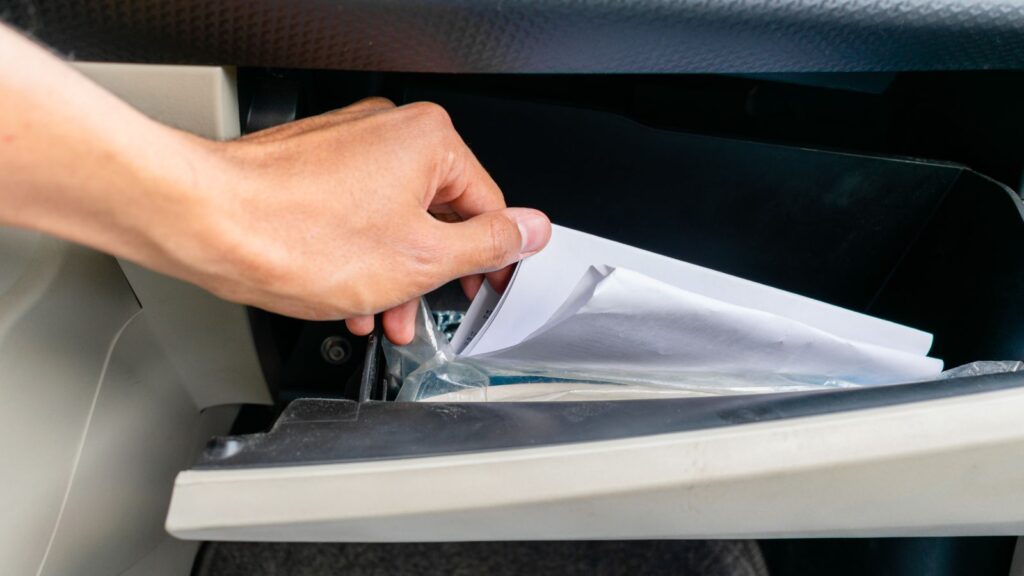
There’s a lot of paperwork involved in this job. From licenses to logbooks, staying organized is a must. Keeping everything accessible and up to date is important because random inspections can happen anytime. Proper documentation isn’t just about avoiding fines; it also shows you take your responsibilities seriously.
Respect Rest Areas

Finally, remember that rest areas are more than just places to park – they’re shared spaces for drivers like yourself to recharge. Always keep them clean, respect the privacy of others, and only use designated spots for parking. These rest areas are lifelines for truckers, so being considerate benefits everyone.
